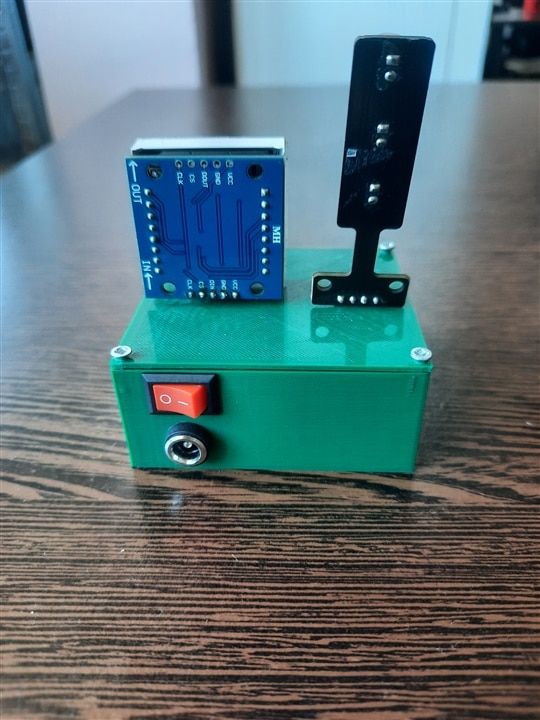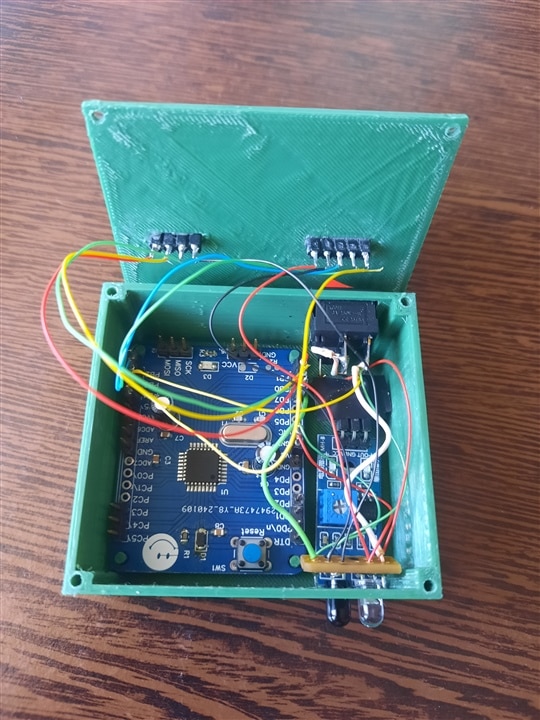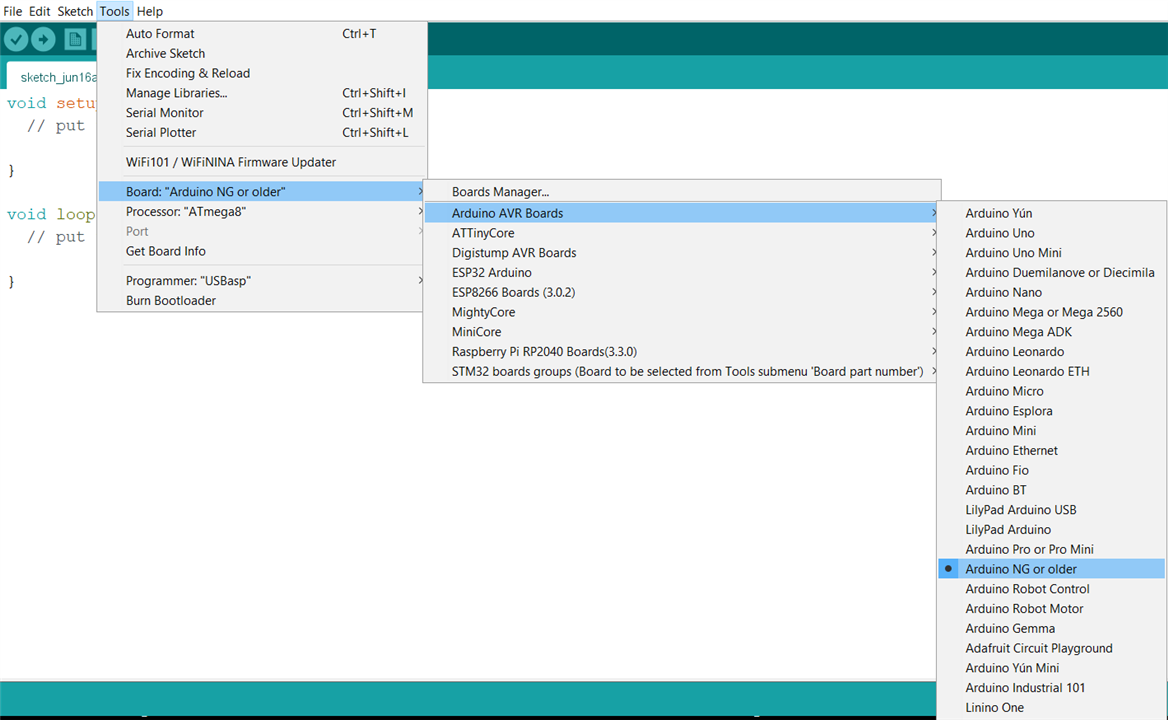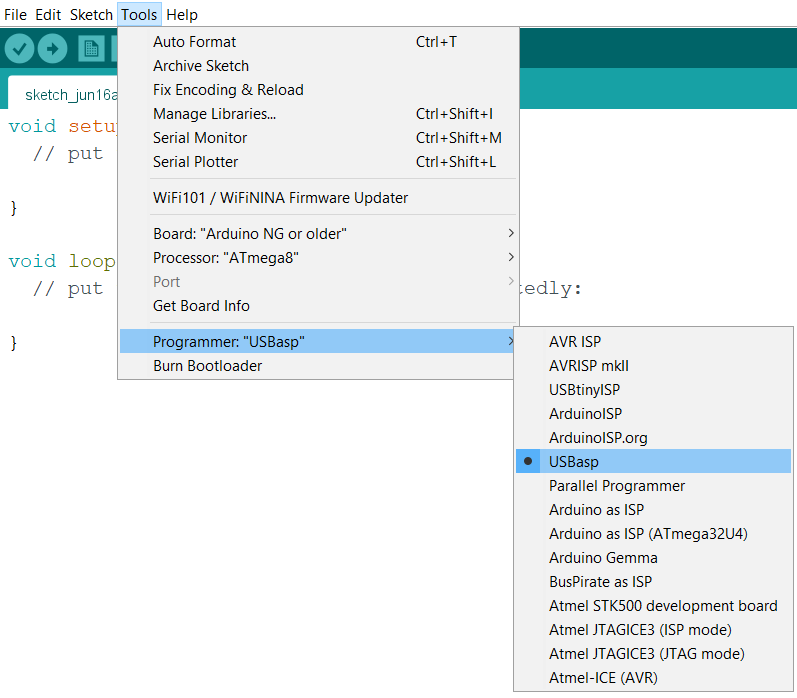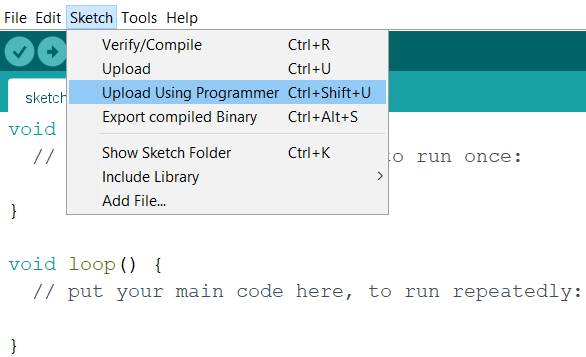Hey, smile!
Hello everyone!
I made a small project with LEDs and a MAX7219 matrix.
The blue board contains an ATMega8AU-TH (but it should work with any ATMega8-AU), I bought several ICs, cheap of course (I don't think I need to advertise the website), the rest of the components are mostly recovered by on scrap boards (except for 22pF capacitors and crystal). Very often I use recovered parts, they are at my fingertips (plus I don't have the opportunity to buy parts too often) and they are free. I used both SMD and THD components.
And the project looks like this:
| {gallery}My Gallery Title |
|---|
|
IMAGE TITLE: THEN IMAGE DESCRIPTION |
|
IMAGE TITLE: THEN IMAGE DESCRIPTION |
|
IMAGE TITLE: THEN IMAGE DESCRIPTION |
I designed the board in KiCad, and the realization option was through a more professional way by calling a manufacturer, it came out 2x bigger than a Nano board, but I did it according to my resources, namely the components I have.
This is the schematic:
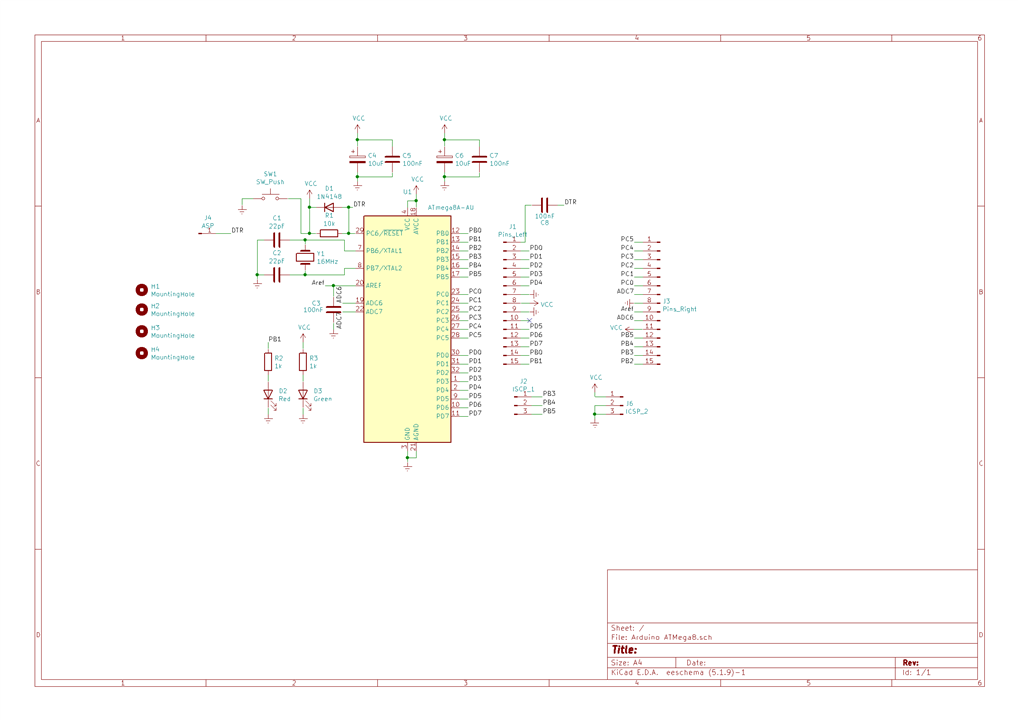
It took me a while to program the uC, I didn't succeed with a bootloader, but I found another method (thanks God of Internet). I use an AVR USBASP bought a long time ago, and it proved useful just now, which is not bad. You can see the settings and connections below. In the end, the whole thing is quite fast. I have to mention that I gave up the 1N4148 diode on my board, I'm not sure if it's for this reason or another, but it can't be reset by pressing the push button.
- Select the board;
- Select the programmer;
- And upload the code.
| {gallery}My Gallery Title |
|---|
|
IMAGE TITLE: Select the board |
|
IMAGE TITLE: Select the programmer |
|
IMAGE TITLE: Upload the code Other components, red MAX7219 matrix for display, and IR sensor that I use as a non-contact switch. The scheme is simple, it can be determined rather by observing the code, the library used for the MAX7219 matrix is "MaxMatrix.h". The symbols used were created using the generator https://xantorohara.github.io/led-matrix-editor/#1009ebfcfceb0908|1009ebfcfceb0910. The code is quite rudimentary, I don't know much programming, it's a hobby, it can definitely be improved. The box is 3D printed, using Tinkercad online, I got used to using it. For such projects it is very fine for me. Where did I make it? I turned to a friend who has a 3D printer (I can't afford to buy one) and on the second try I succeeded. The case is custom, according to my resources, modules. Indeed, it is a bit small, but I managed to position everything inside. What does this project do? We have a phase in which the yellow LED lights up intermittently (it's just a mini traffic light) and the boy waves to us to help him cross the street, and if the IR sensor caught something then it moves to the next phase, we have green and the boy is happy. And a short video https://youtube.com/shorts/uXxp4_l1bj0?feature=share.
AVR USB driver: https://zadig.akeo.ie/ How to use the AVR USB programmer: https://www.youtube.com/watch?v=ToKerwRR-70&list=PLT_xFb7a1cCS6954C9E3Q8SskbZ38J2vB&index=5&t=405s&ab_channel=ZeroAmpsElectronics ATMega8 pinout: link
|

![Little work [Hey, smile ]](https://community-storage.element14.com/communityserver-components-secureimagefileviewer/communityserver/blogs/components/weblogfiles/00/00/00/01/49/7875.20240908_142246.jpg-1440x400x2.jpg?sv=2016-05-31&sr=b&sig=br9QEtyw1nK4d9vLCSeflx8kFnGAzvVLX%2FpaLsfsvbk%3D&se=2025-12-27T23%3A59%3A59Z&sp=r&_=O2VdwiDAnHQARFtnuTagwg==)

